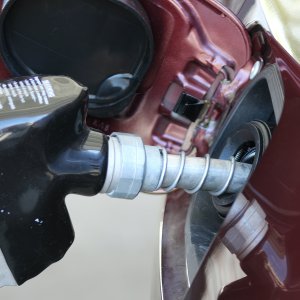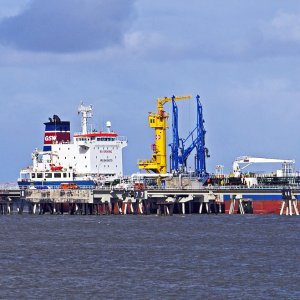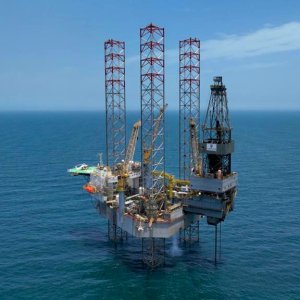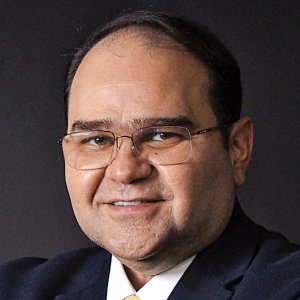Reliable Partner in Uncertain Times

STORY INLINE POST
Q: What are the main challenges that DNV GL is overcoming when maintaining a necessary volume of operations throughout COVID-19 shutdowns?
A: When the COVID epidemic started beginning of March, we advised our personnel to work from home and avoid exposing themselves to the virus. Fortunately, DNV GL has invested into digitalization and our information infrastructure over the last years, so that we have the tools and systems to collaborate effectively and remotely among ourselves and with our clients. So far, we have had no major impacts, except for field visits, where access to our clients sites is increasingly difficult. We are using remote inspection techniques as much as possible and in most cases that works quite well. We can say that after more than a month of working remotely it functions better than expected.
Q: What are the most important tasks and roles that DNV-GL is playing as an essential part of the Mexican oil and gas industry's activities as it continues its operations in the midst of COVID-19 sanitary measures?
A: Our role has not changed due to this crisis and we continue to support our clients and their projects with regulatory compliance and advisory services. Of course, we have had to change our way of working and have to be innovative in how we deliver the services, for example doing remote inspections, but we will not let our clients down. When the crisis started, we actually received a letter from PEMEX asking us to please continue to provide our services and that is what we are doing.
Q: What opportunities have the changes in the institutional balance within Mexico’s oil and gas industry brought to DNV GL?
A: Many changes were made to upstream regulations last year and, through these changes, we see many opportunities for the company. Regulations and third party requirements are still in place and the general safety philosophy of the industry remains the same, in particular with the international operators. DNV GL is approved by ASEA and others to work under this umbrella and we will continue to work with new operators and upcoming projects.
Q: Where does the departure of Dr. Luis Vera as director of ASEA leave the regulator, and what are the changes that have come around as a result?
A: DNV GL enjoyed a strong relationship with ASEA throughout the tenure of Luis Vera as director and his predecessor, Carlos de Regules, who set the foundations for the Agency. We saw Dr. Vera developing Carlos’ vision, working along the same themes and with mostly the same team. We have not yet had the opportunity to meet with the new director, Ángel Carrizales, but we are interested in speaking to him to hear and understand his vision for ASEA’s role and to assure him of our continued support that becomes more important now, as the first fields are under development. So far, we have not seen major changes in strategy or regulations.
Q: How can a larger ecosystem of third-party certifiers grow in 2020 and what needs to happen?
A: The process of obtaining the authorization by ASEA is difficult and therefore, many of the smaller third-party type companies would be struggling with this. There is also the simple question of whether a company has sufficient infrastructure, experience and qualified personnel to fulfil the role that would be required of it. Companies similar to us, global independent third parties have been working in the industry for many years and have created a strong backbone of experience and expertise. We do not see many new players entering our sector and we have our doubts over the qualifications of some of those who have. However, if number of projects ramp up as we hope they do, there may be a lack of third-party certifiers able to provide the service.
Q: How has midstream grown to play a larger role in DNV GL’s portfolio since upstream opportunities halted last year?
A: For the last ten years midstream has been the major part of DNV GL’s portfolio and we expect that to continue. It is important to mention that there is a change as the bulk of work is now coming less from gas transport pipelines and more from LNG and liquids terminals. We are pursuing other two or three LNG projects in Mexico. An interesting point is that they are for export in the northwest and for import in the southeast of the country. With both types of terminals, we have a lot of experience, locally and globally, and are authorized by the Mexican authorities for to provide the verification services on their behalf.
Q: What role does DNV GL play in expediting the construction of storage terminals and their technical capabilities?
A: The company has various services we can offer for storage terminals or projects. One of these is providing an engineering team that supports and represents the project owner in all aspects of the terminal’s design and engineering. The team will also be on-site during construction to oversee the activities and ensure that the design is followed as intended. On the other hand, in real life changes always may happen during construction and there our experienced staff comes in to advise the owner whether or not to accept a change proposed by the contractor.
Regulatory compliance is another major service offering, and we are a registered third party that has the permits to work on terminals. Storage terminals need to carry out Probable Maximum Loss (PML) studies for insurance purposes, which we are able to provide. In fact, we are the market leader for those studies in Mexico and have worked with all major midstream operators. We have also been providing risk analysis services, which terminal owners are required to carry out and submit to the ASEA as part of the SASISOPA certifications.
Q: What do the PML studies you are carrying out reveal about changing risk factors of storage facilities in Mexico?
A: We do not see a huge change in risk factors within storage terminals, but this can depend on the inventory and type of fluid each terminal is handling. These factors play an important part in shaping a risk profile. The main focus of the authorities is risk to third parties and the environment. This generally means third parties in the surrounding area; for example, whether there are towns or villages in proximity to the installation, or another neighboring installation. In some areas, populations are growing and encroaching onto these facilities. This can be problematic and requires a resolution because the risk needs to be minimized. To solve this concern, we go to the sites to update our information and gather more data. We also use open-source information like Google Earth.
Q: What are DNV GL’s main services for new operators in Mexico?
A: Generally, these operators request support for regulatory compliance. We work on regulatory road maps, mapping the different agencies and regulators that must be complied with when working in Mexico. Among those are obviously CNH and ASEA, as well as SEMAR, STPS, SCT and others, if we are dealing with offshore projects. We put this information into a matrix that helps guide their regulatory compliance measures in a straightforward manner. This orientation of the client helps ensure the smooth transition and carrying out of their project.
Apart from that we are providing independent verification services for the exploration and development phases of the projects, e.g. well design verification, certification of design, manufacturing and installation verification plans, SASISOPA implementation or certification, advanced risk analysis, environmental impact and oil spill simulation and response plans, Marine Warranty Services, among others.
Q: How does DNV GL clarify regulatory ambiguities in the deepwater space for offshore operators?
A: Operators in deepwater have just started drilling so regulation on field development has not been looked into yet. BHP Billiton is starting its field development on the Trion project, but other operators like Shell, Repsol and BP will be drilling this year and are in the early phases of their developments. When this changes, and these companies begin looking for development solution strategies for their areas, our guidance may be required. The use of FPSO’s, set to be central to deepwater developments, will be one issue that will need to be addressed.
To resolve ambiguities, we can bring to bear our decades of experience having worked in Deepwater Projects around the world and having many renowned experts amongst our staff. We combine our different business areas for to provide class, independent analysis, technical verification, regulatory compliance and marine warranty as a one-stop shop, maximizing synergies for the benefit of our clients.
Q: What is the role that DNV GL sees technological transformation playing in supervising and enforcing technical standards in Mexico’s oil and gas industry?
A: The industry’s regulators are trying to improve their overview through the application of technology. One example is that regulators are trying to connect to drilling operations in real-time. There has been some pushback to this in the industry, but we foresee trends like this growing as time goes on. We will need to see whether regulators have the capabilities to fulfil this intention and whether current connectivity will suffice. That said, the digital connections from the offshore to onshore bases are dramatically improving and this will help. While there is a lot of data collected by different parties, there is not always strong collaboration and this is a problem than the industry must fix.
DNV GL will be playing an important role in the development and application of these technologies. Our contribution to this is the Veracity platform, which brings together our clients, from operators to ship owners, and gives them the ability to connect to authorities and service providers. There are applications developed by DNV GL or third parties that work with the data and make the results available to our clients. It is basically a marketplace, there is a lot of interest by the industry and various world class companies are already subscribed to the service.
DNV GL has developed a machine learning solution called Smart Mooring that tracks the movement of FPSOs and alerts when a mooring line failure has occurred. We are running pilots with some operators and the first results have been promising. The intention behind this is to remove the need for sensors to monitor lines, which fail frequently and then require divers to change them out. We expect this to be particularly useful on unmanned vessels and floating units, which are set to grow their presence offshore, and it will save a lot of time and money through the reduction of checks and maintenance.
Q: What role do digital tools play in the management of PEMEX’s maintenance costs?
A: DNV GL is in close communication with PEMEX about maintenance issues, particularly of offshore assets. The NOC has 350 platforms offshore and most are at the end or beyond their design life. This is not a problem unique to PEMEX or Mexico; old platforms are found throughout the North Sea and other offshore provinces, but it is increasingly important to maintain them and ensure that they continue to be fit for service. To achieve this, DNV GL is developing technological solutions. We have a project that is predicting where corrosion under insulation on offshore platforms. This will be a digital solution to offer pre-emptive guidance on where corrosion under insulation will most likely occur, which is a serious problem for platforms and can lead to sever accidents. PEMEX is interested in this and is keenly aware of the need to keep their assets in prime condition, as the company’s production and reputation will be affected.
And this is not only a problem for PEMEX, because other operators are starting to use that infrastructure for to route their production through it. It is therefore even more important to keep the existing PEMEX infrastructure up and running.
Q: How does the company see itself and the development of the industry over the next 12 months?
A: We expect to continue supporting midstream companies in the development of terminals and PMP studies. In the upstream segment, we expect new developments to take up a large part of our activity. Operators, including Eni and Fieldwood, are fast-tracking their developments and everything must function smoothly to continue this pace. Delays or hiccups must be avoided at all costs. We are there to streamline the process so that these problems do not occur.
From our side, we are hoping that we will expand our services in the upstream segment and to capture more clients in the deepwater space that will start drilling this year. Our goal is to accompany them throughout the entire development phase. We also plan to improve our midstream position. We are the preferred provider for most of the large operators active in Mexico and will do everything necessary for to keep it that way.
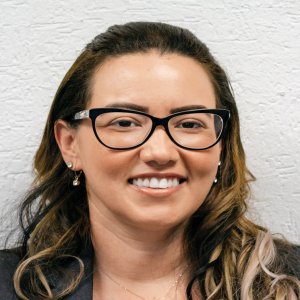
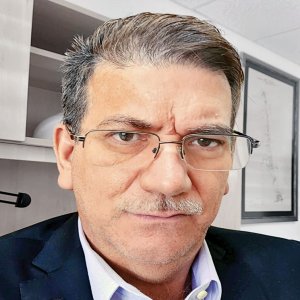
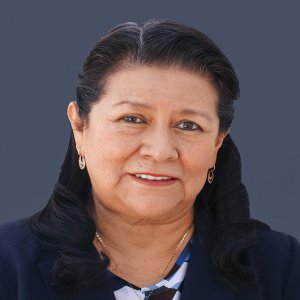
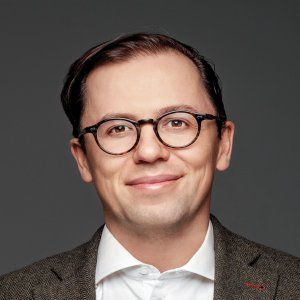
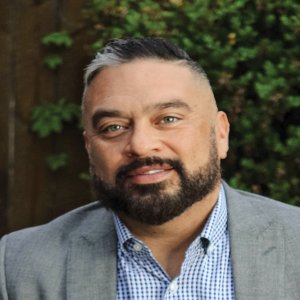
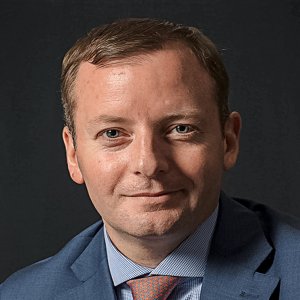
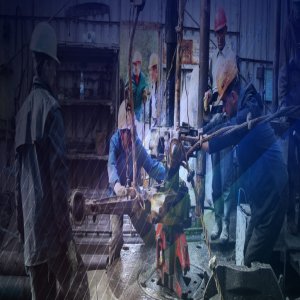

 By Peter Appleby | Journalist and Industry Analyst -
Tue, 04/28/2020 - 11:00
By Peter Appleby | Journalist and Industry Analyst -
Tue, 04/28/2020 - 11:00

